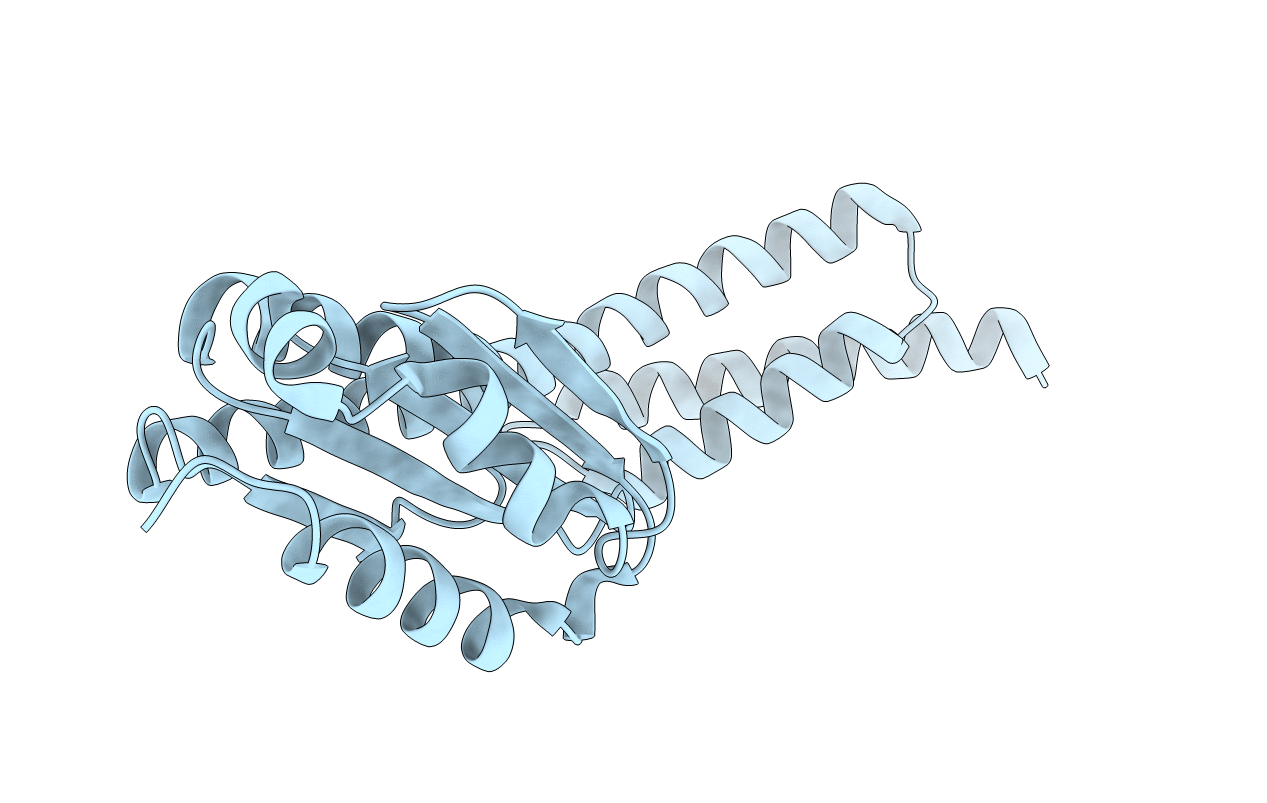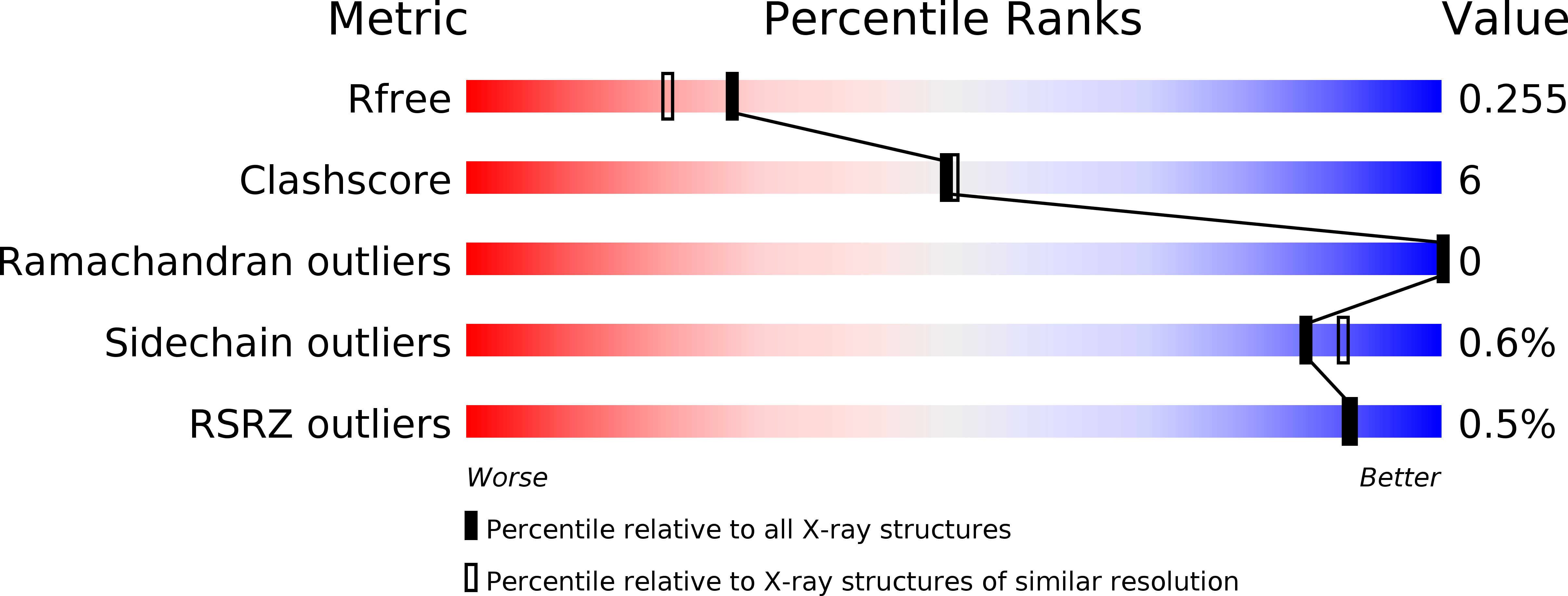
Deposition Date
2016-09-02
Release Date
2016-11-30
Last Version Date
2024-11-13
Method Details:
Experimental Method:
Resolution:
2.00 Å
R-Value Free:
0.25
R-Value Work:
0.21
Space Group:
P 1 21 1


